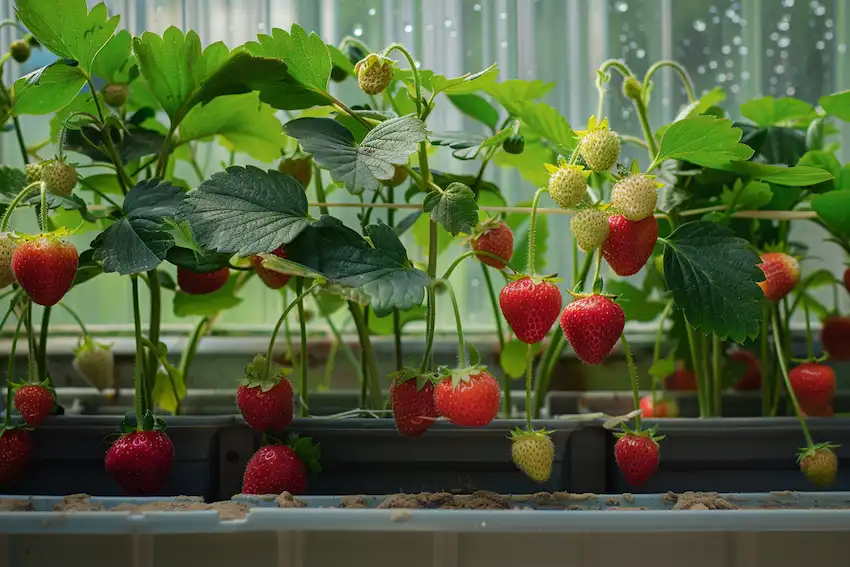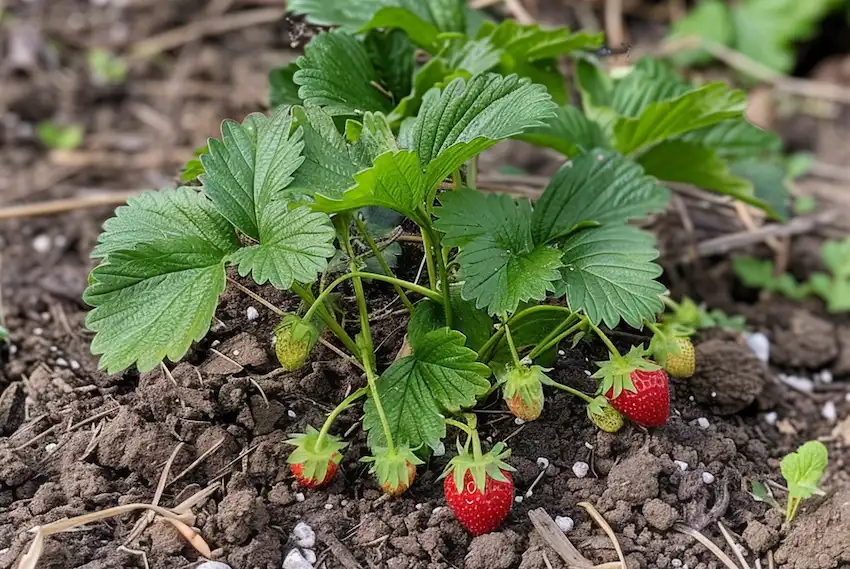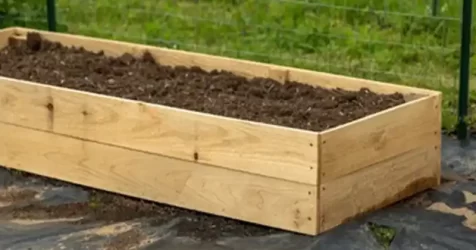7 Expert Tips for Growing Healthy Strawberries in Your Garden
Growing strawberries in your garden can be a rewarding experience, yielding sweet and juicy fruits that are a delight to harvest. However, achieving a bountiful crop of healthy strawberries requires more than just planting and waiting. Here are seven useful tips from gardening experts to help you grow vibrant and healthy strawberries right in your backyard.
1. Choose the Right Variety

Expert Insight: Different varieties of strawberries have unique characteristics and are suited to different climates and conditions. Some are everbearing, producing fruit throughout the growing season, while others are June-bearing, yielding a large crop in early summer.
How to Implement:
- Research and select a strawberry variety that thrives in your local climate and soil conditions.
- Consider your harvesting preferences, whether you prefer a continuous supply or a single, abundant harvest.
2. Plant in a Sunny, Well-Drained Location
Expert Insight: Strawberries require at least 6-8 hours of direct sunlight daily and well-drained soil to prevent root rot.
How to Implement:
- Choose a planting site that receives ample sunlight throughout the day.
- If your soil is heavy clay or poorly draining, consider raised beds or containers to improve drainage.
3. Use High-Quality Soil and Organic Matter
Expert Insight: Strawberries flourish in rich, fertile soil that’s high in organic matter. The right soil conditions can significantly impact fruit quality and plant health.

How to Implement:
- Enhance your garden soil by mixing in well-rotted compost or manure before planting.
- Maintain soil pH between 5.5 and 6.8 for optimal growth. Test your soil and adjust accordingly.
4. Ensure Proper Spacing and Planting Depth
Expert Insight: Proper spacing prevents overcrowding, allowing for adequate air circulation and reducing the risk of disease. Planting at the right depth is crucial for healthy root and crown development.
How to Implement:
- Space strawberry plants 18-24 inches apart in rows that are 3-4 feet apart.
- Plant the strawberries so that the roots are fully covered, but the crown is right at the soil surface.
5. Water Efficiently
Expert Insight: Strawberries need consistent moisture, especially during fruit development, but overwatering can lead to root diseases.
How to Implement:
- Water your strawberries deeply but infrequently to encourage deep root growth.
- Consider using a drip irrigation system or soaker hoses to minimize water on leaves and fruit, reducing the risk of fungal diseases.
6. Mulch to Retain Moisture and Control Weeds
Expert Insight: Mulching helps retain soil moisture, control weeds, and keep the fruit clean.
How to Implement:
- Apply a 2-3 inch layer of straw or pine needle mulch around your plants.
- Mulch can also help regulate soil temperature, keeping roots cool in summer and insulated in winter.
7. Monitor for Pests and Diseases

Expert Insight: Early detection and management of pests and diseases are key to maintaining a healthy strawberry patch.
How to Implement:
- Regularly inspect plants for signs of pests such as aphids and spider mites, and diseases like powdery mildew or leaf spot.
- Implement integrated pest management (IPM) practices, such as encouraging beneficial insects, using row covers, and removing infected plants promptly to prevent spread.
Growing strawberries in your garden can be incredibly satisfying, especially when you harvest your own sweet, sun-ripened fruits. By following these expert tips and giving your strawberry plants the care and attention they need, you’ll be well on your way to enjoying a successful and delicious strawberry crop. Happy gardening!



















